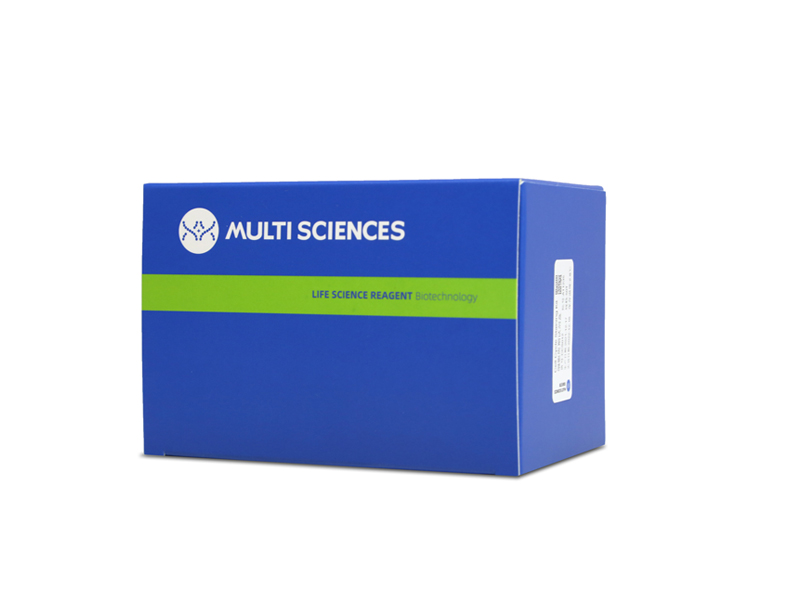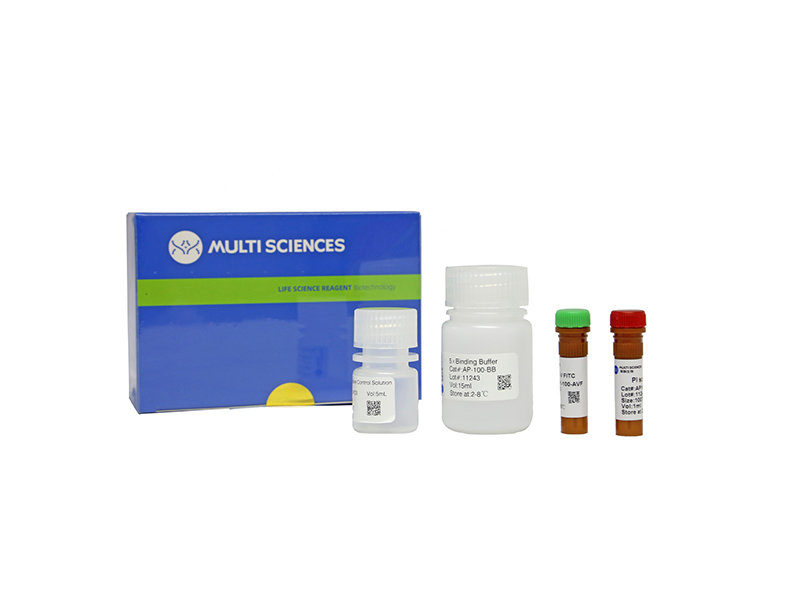Background:Increasing evidence supports the anticancer effects of morin in vitro and in vivo. However, the role of morin-7-sulphate sodium (NaMoS), a water-soluble flavonoid derivative synthesized from morin remains unclear. The present study investigated the tumor suppression by NaMoS in mouse melanoma cells.
Materials and methods:We synthesized the flavonoid derivative morin-7-sulphate sodium according to the method described for quercetin-sulphate derivative, and further isolated, purified and identified the compound. Cell proliferation in vitro was assessed using a CCK-8 assay. The wound healing assay was performed to evaluate cell motility, and flow cytometry was used to detect cellular apoptosis. Protein levels of vimentin, matrix metalloproteinase 9 (MMP9), phosphorylation of Akt1/2/3 (p-Akt1/2/3), extracellular signal-regulated kinase 1/2 (p-ERK1/2) and Caspase3 in B16F10 cells were detected by immunohistochemistry and Western blot.
Results:The results suggest that cell proliferation was markedly decreased in NaMoS-treated groups (1, 10, 25, 50, 100, 500, 1000μM) in a dose-dependent manner compared with the Control group and the IC50 was 221.67μM at 48h. NaMoS at 200μM concentration significantly inhibited the invasion and promoted apoptosis of B16F10 cells. Moreover, protein level of Caspase3 increased significantly in B16F10 cells treated by NaMoS. Immunohistochemistry and Western blot further confirmed that NaMoS decreased the expression of vimentin, MMP9, p-Akt1/2/3 and p-ERK1/2 in B16F10 cells.
Conclusions:This study provides robust evidence that NaMoS, a water-soluble flavonoid, manifests anticancer properties and may act as a signal transduction inhibitor in melanoma cells.
文章引用产品列表
-
- AP104 95 Citations
- 凋亡试剂盒
Annexin V-PE/7-AAD Apoptosis Kit 细胞凋亡试剂盒
- ¥780.00 – ¥1,860.00



